Spotify’s Lossless Audio Tier Is Finally Nearing Reality
After years of anticipation, Spotify may finally be ready to deliver lossless audio to its users. New code spotted in Spotify’s app suggests that the long-rumored Spotify HiFi tier could launch soon, promising a high-fidelity streaming experience to rival competitors like Tidal and Apple Music.
For music enthusiasts and audiophiles, this long-awaited feature could mark a major upgrade to their premium audio experience. With Spotify gearing up for this shift, many are asking: When is lossless audio coming to Spotify, and what can users expect from it?
Let’s dive into the details and explore what this development means for listeners and the streaming industry.
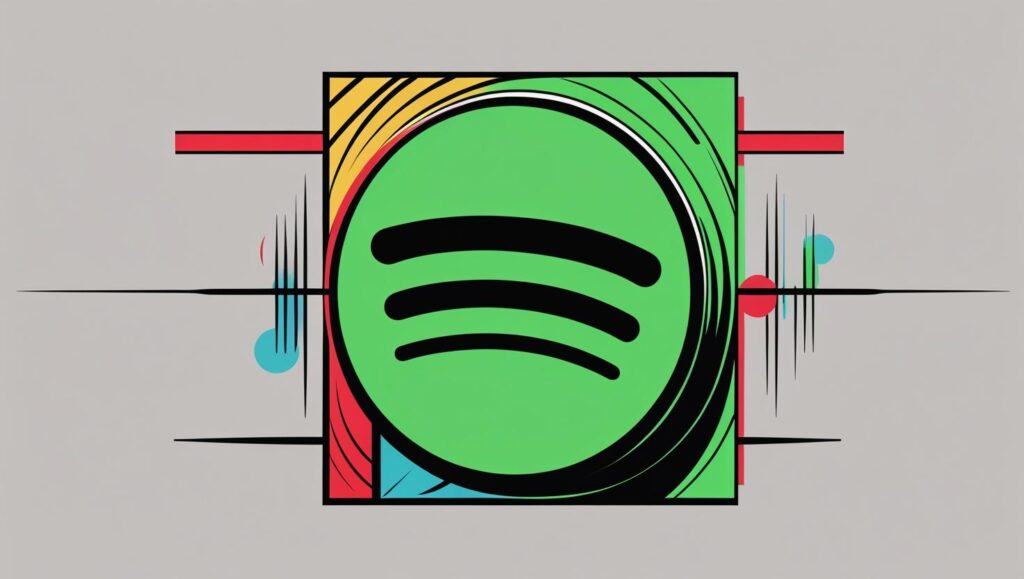
What Is Lossless Audio, and Why Does It Matter?
Lossless audio delivers sound without the compression that typically reduces audio quality in streaming. Unlike standard formats, lossless maintains the integrity of the original recording, offering listeners richer detail and clarity.
Benefits of Lossless Audio:
- Higher sound fidelity: Every note and nuance is preserved.
- Better for quality headphones or speakers: Makes full use of advanced sound hardware.
- Preferred by audiophiles: A must-have for serious music lovers.
Spotify’s move into lossless audio shows a clear intention to compete directly with Apple Music’s Lossless and Tidal’s HiFi Plus services.
Clues From the App: What the Code Reveals
Developers recently uncovered internal code within the Spotify app that references a new tier with “lossless” and “HiFi” labels. This backs earlier rumors that Spotify is preparing a new pricing structure for high-fidelity streaming.
What we know so far:
- Terms like “lossless,” “HiFi,” and “bitrate” were found in the backend code.
- Some assets hinted at improved sound quality and music detail.
- Spotify might pair this feature with additional perks, such as advanced DJ tools or enhanced playlist personalization.
While Spotify has yet to officially confirm a release date, the presence of these indicators suggests that lossless audio is no longer just an idea — it’s in development.
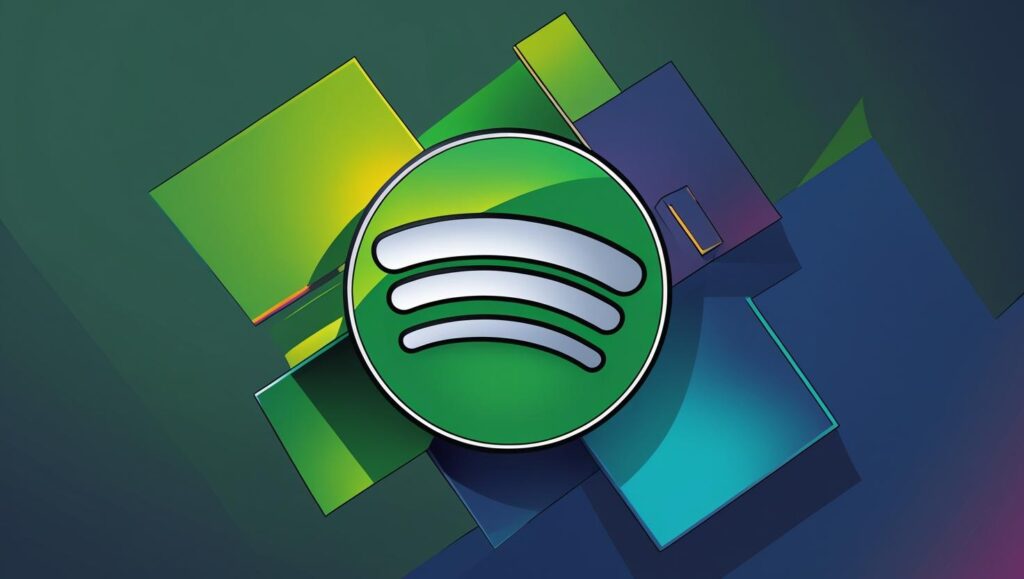
Will Spotify’s Lossless Tier Be Worth It?
It all depends on pricing, features, and user preferences. If Spotify can deliver premium audio experience without a steep price increase, it could retain its loyal subscriber base while attracting more music purists.
What Users Might Expect:
- Lossless streaming up to 24-bit / 48kHz or higher
- Compatibility with high-end audio gear
- Upgrades to the Spotify app interface
However, with rivals already offering similar features at no extra cost, Spotify needs to offer more than just sound quality — perhaps with intelligent curation or exclusive content.
Impact on the Music Streaming Market
Spotify is late to the game, but its entry into high-fidelity streaming could shift the market. The platform still holds the largest global subscriber base. If it launches a Spotify HiFi tier, it might trigger a race among platforms to bundle better sound with smarter features.
For example, Apple’s subtle innovations at WWDC 2025 hinted at immersive experiences beyond sound quality alone. Spotify could take inspiration from such models to differentiate its HiFi offering.
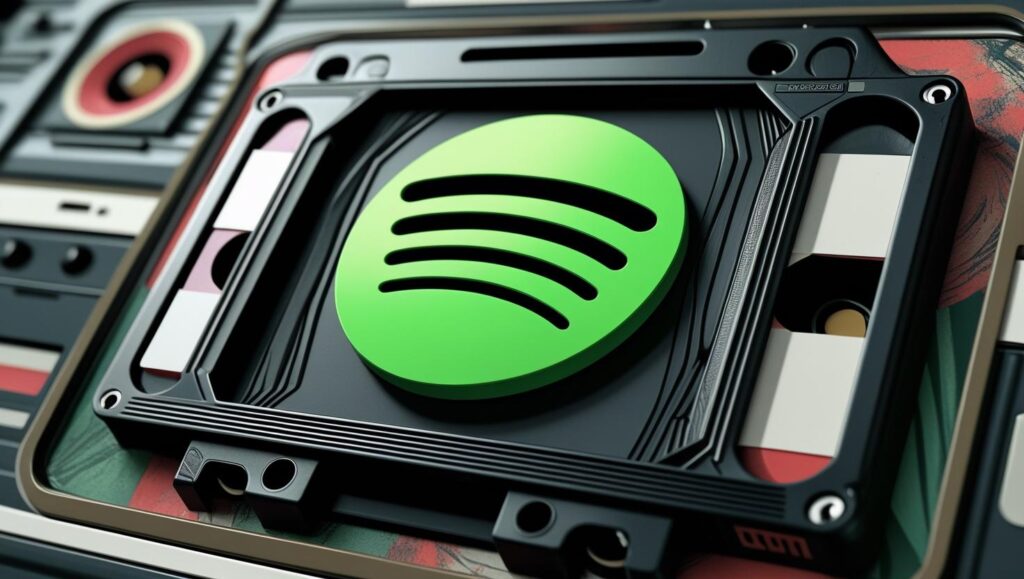
Final Thoughts: Is It Time to Upgrade?
If you’ve been waiting for lossless audio on Spotify, now’s the time to pay attention. The evidence is mounting, and the company appears to be laying the technical groundwork for a rollout.
Whether you’re a podcast lover, casual listener, or audio purist, Spotify’s potential HiFi tier promises an upgrade in how we experience music.
And if you’re a creator or business looking to offer premium digital experiences, platforms like Webie can help you deliver next-gen content to your audience — just as Spotify is aiming to do in music.
Stay tuned as more details unfold. One thing is clear: lossless audio is no longer a luxury — it’s becoming the standard.








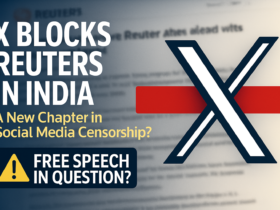




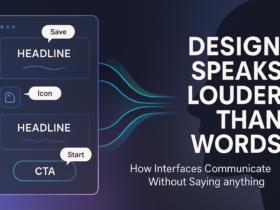









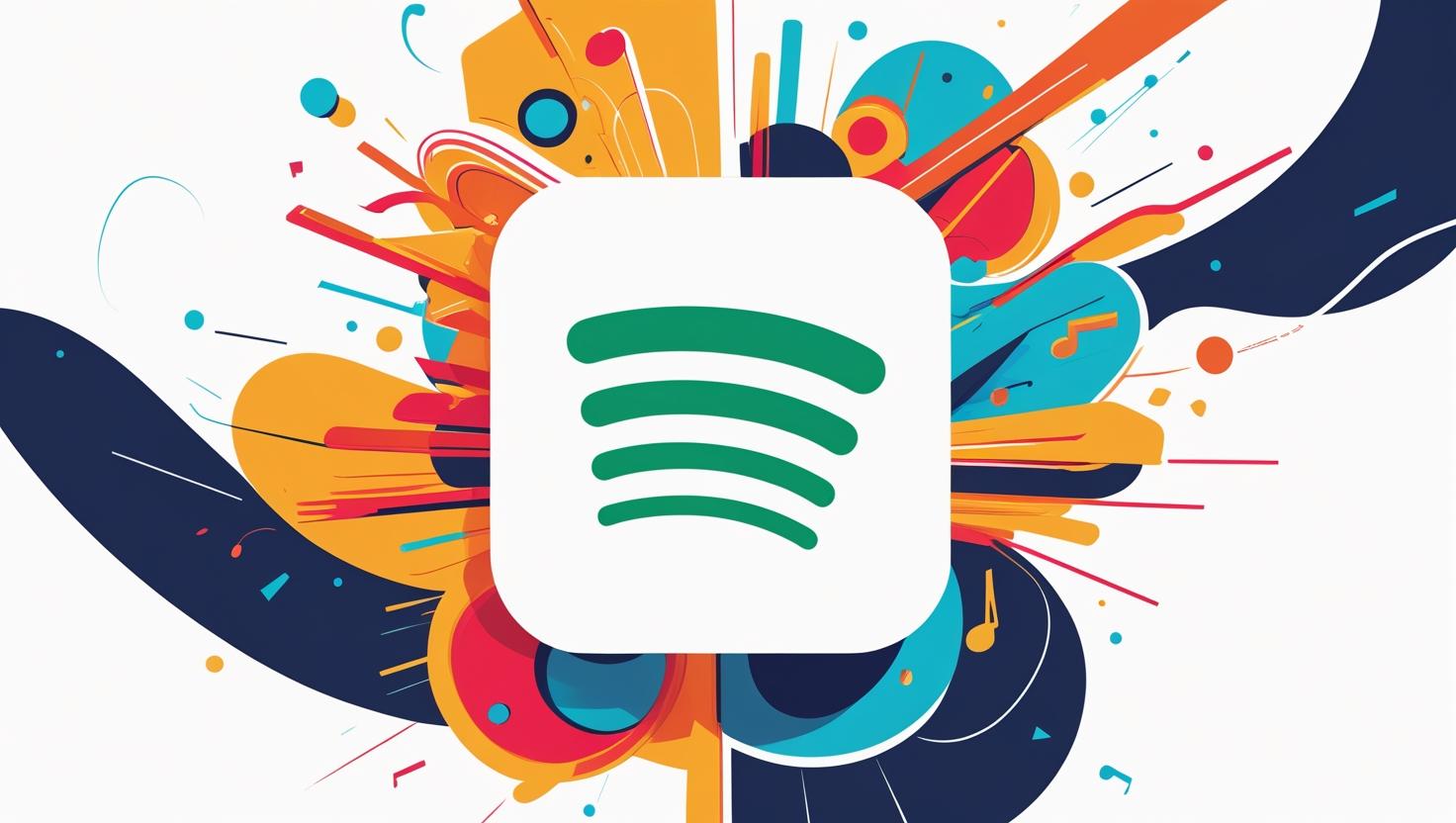
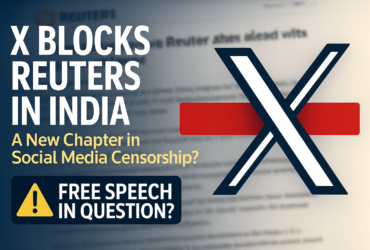


Leave a Reply